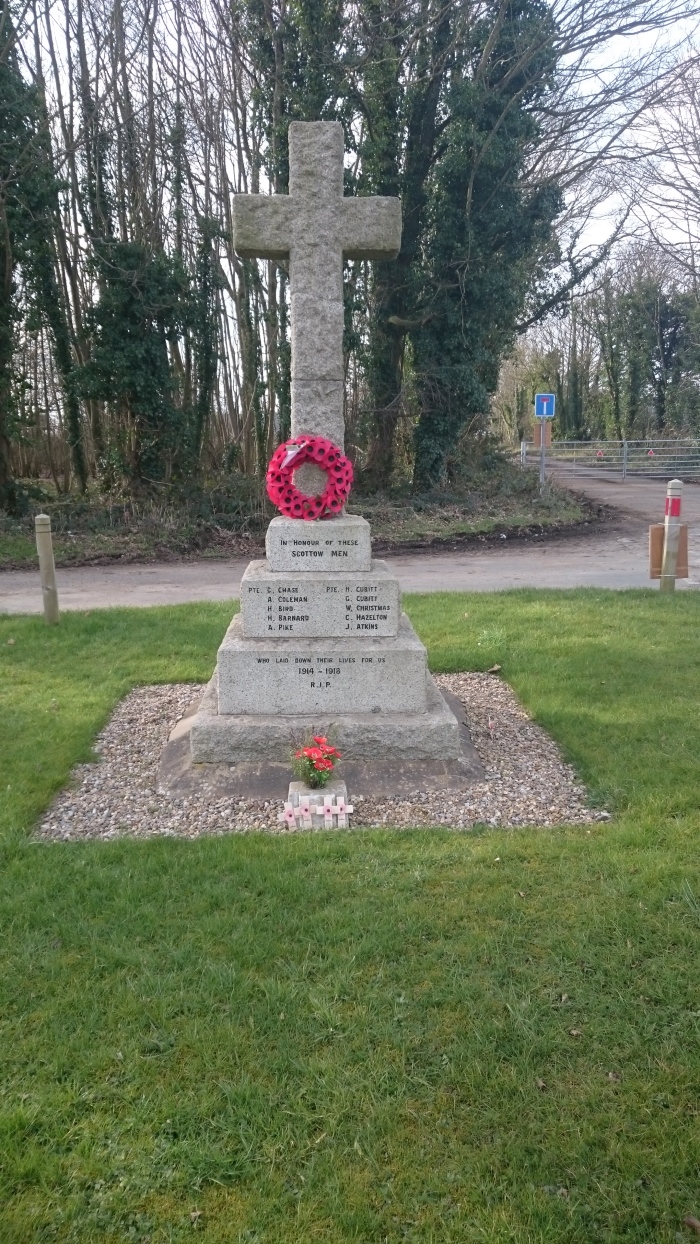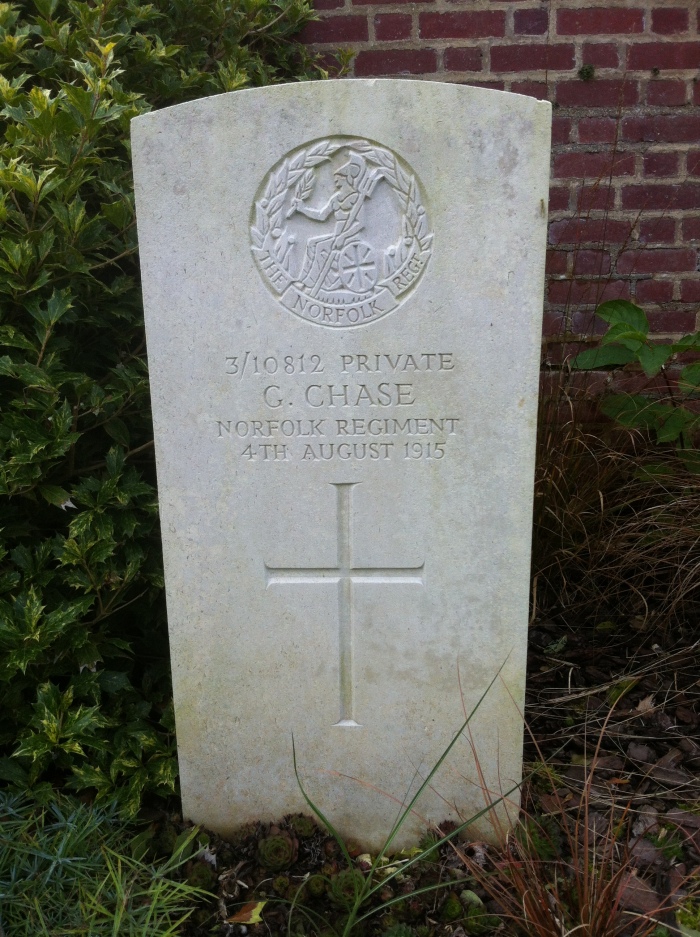Scottow
Part 2

A close up view of the memorial listing and inscription
The second part of the blog looks at the last 5 men recorded on the war memorial at Scottow and significantly the fact that two brothers are listed on it.
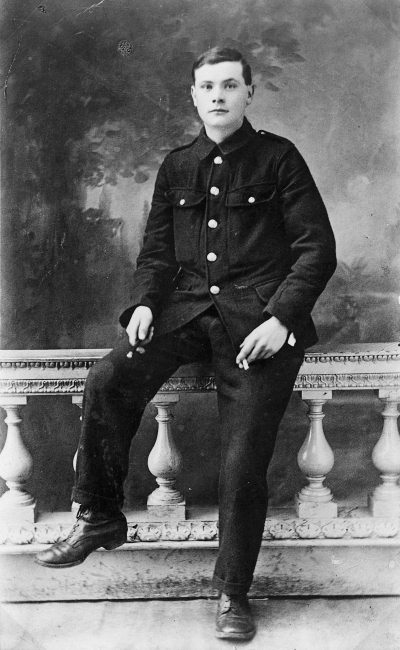
George Cubitt who served with the 1/5th Battalion Norfolk Regiment and who died at the 2nd Battle of Gaza.
The first of the brothers was Private 242488 George Philip Cubitt who served in “C” Coy in the 1st/5th Battalion Norfolk Regiment. George was killed in action on 19th April 1917 during the 2nd Battle of Gaza. George was born in North Walsham and enlisted in Norwich. He was 21 and the son of Herbert and Blanche Cubitt of The Corner in Scottow. I have written about this battle twice now and will detail the exact events when the 100th Anniversary comes round in April 2017. But he died when the 5th Norfolks, along with the rest of the 163rd Brigade, assaulted Tank Redoubt with the Australian Camel Brigade and a tank called HMLS Nutty. The war diary for the 5th Norfolks stating,
‘The trenches to be attacked were 2500 to 3000 yards from line held by 163rd Brigade. One tank proceeded in the advance to assist in operations. Heavy shell fire from enemy artillery commenced immediately on the battalion moving forward, which caused casualties.’
George is now laid to rest in Grave XXIII. E. 12 in Gaza War Cemetery.
William John Elliott became Gunner 201859 in the Tank Corps and was killed in the Battle of Cambrai and took part in the assault on Havrincourt Wood serving with E Battalion. The first objective was Havrincourt village which was situated on Flesquieres Ridge. The Hindenburg Line here was positioned on a slope and had been hidden from British artillery observers and a number of German gun batteries were missed.
The advance of E and G Battalions were held up by tree stumps and although the infantry assault of the 62nd Division initially went well a German officer called Captain Soltau, who was serving in the 11th Battalion of the 84th Infantry Regiment, gathered together the remnants of the regiment and defended Havrincourt. They held up the 2nd and 6th Battalion West Yorkshire Regiment for an hour before the first tank entered the village, commanded by Lieutenant William McElroy. This tank cleared out the village forcing the Germans back, although the tank had to reverse down a street and as this was happening a bullet hit the reserve petrol tank and it caught fire, but the fire was extinguished and McElroy fought off German attacks with his pistol. Eventually British infantry came to his aid and Soltau and his men were forced back to their battalion headquarters where he defended the area reporting to his regimental headquarters where he stated, ‘We are holding out to the last man.’ Soltau and his men were all killed.
During the advance on Havrincourt six tanks were put out of action by direct hits and it is in one of these tanks that William was killed. He was born in Scottow and enlisted in Norwich and is now remembered on a Special Memorial, reference number A. 40, in Ribecourt British Cemetery.
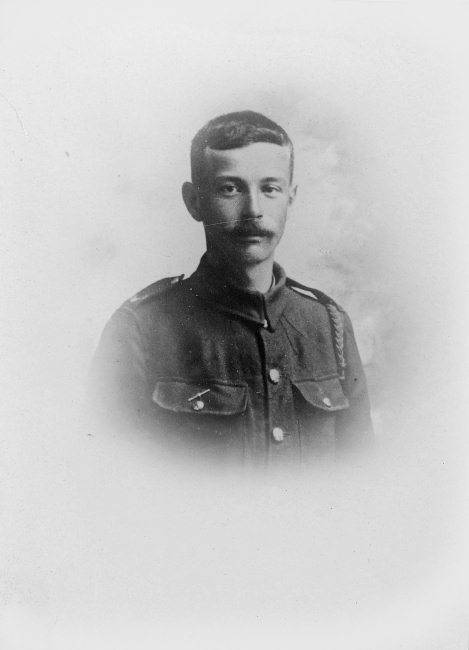
Herbert Cubitt who was the brother of George and who died of wounds on 1st May 1918.
Herbert Cubitt became Private, 57005 where he served in the 38th Company Machine Gun Corps. Herbert died of wounds on 1st May 1918 whilst the battalion were serving in the Warloy Sector. Between the 27th and 30th Aprl 1918 the battalion lost four men wounded. Herbert resided in Scottow and enlisted in Norwich. He is now laid to rest in Grave I. A. 12 in Doullens Communal Cemetery Extension No 2.
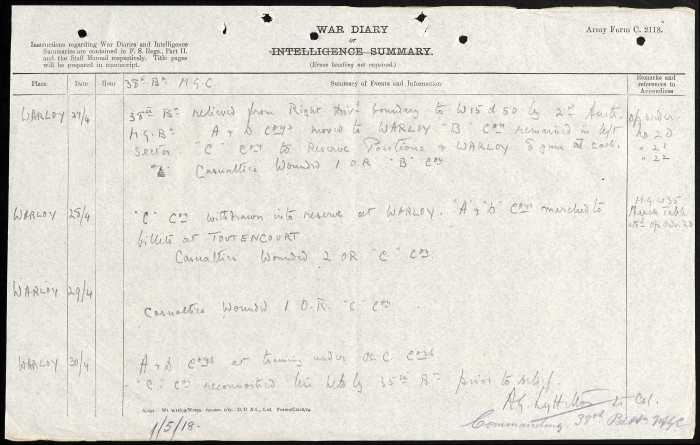
The war diary for the 38th Company Machine Gun Corps.
Walter Christmas served as Private, 2154A in the 49th Battalion Australian Infantry. He was killed in action on 6th May 1918 at the age of 34. Walter was killed when the battalion was in the line around Villers Bretonneux. The battalion was involved in rewiring of their trenches and pushed forward two outposts. During this time enemy rifle grenades fell in their trenches and the war diary reports two men wounded. Walter was the son of Robert and Sarah Ann Christmas, of “Fairstead,” Scottow. He is now laid to rest in Grave B. 20 in Lonpre-les-Corps saints British Cemetery.
Arthur Cecil Hazelton became Private 300061 serving in the 1st Battalion Royal Warwickshire Regiment. He was listed as being killed in action on 25th July 1918. On the day Arther died the battalion was in training around Busnettes. That night the enemy shelled the village and the battalion suffered three men killed and six men wounded.
The final man to die from Scottow was William Atkins. He became Private, 300061 serving in the 16th Battalion Royal Warwickshire Regiment. William died on 20th June 1918 and he was born and resided in Scottow and enlisted in Norwich.
There is not much to see on the war diary and it looks as though William was killed during the relief of the battalion as they moved out of the line.

The war diary for the 1st Battalion Royal Warwickshires during the period that William Atkins was killed.
William was born and resided in Scottow and enlisted in Norwich. He is now laid to rest in Row C. Grave 9 in Thiennes British Cemetery. In the Norfolk Roll of Honour he is listed as John ATKINS and this might relate to his brother.

